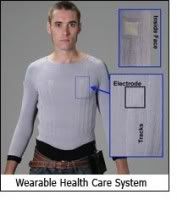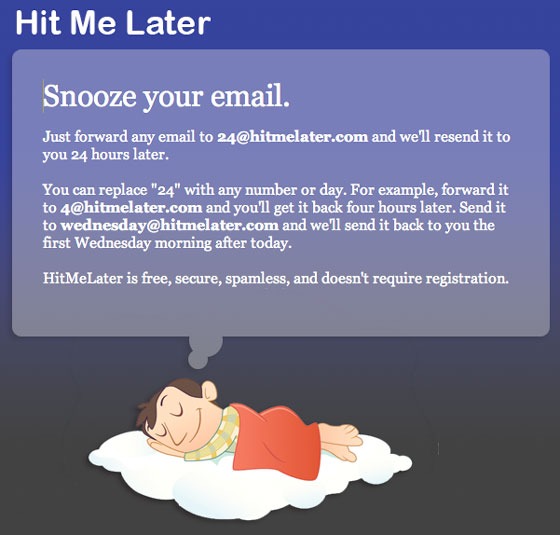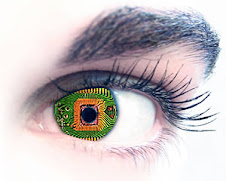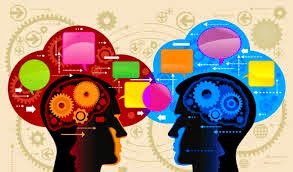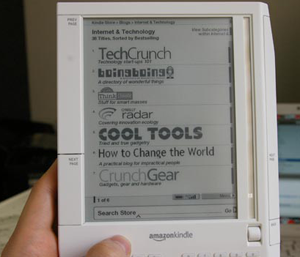
Wow, wait till I get my hands on these beauties ... If you're some techie geeky bookworm who's willing to break the piggy bank and splurge on these drool-worthy dreams, check out the Kindle.
"Books are loaded onto the device wirelessly via Amazon’s free EVDO network (called WhisperNet) and are published in a proprietary format for the Kindle. In addition to books, Kindle owners can also send files to Amazon to be converted and published onto the Kindle, and access blogs and newspapers through the Kindle’s browser. Kindle displays its contents via electronic-paper display, a new technology that creates a paper-like display for electronic text that is also used in Sony’s Reader product."
Gone are the days when you have your arms outstretched --- wary of your stranger-seatmates in the bus or subway train --- as you read your newspaper. With Amazon's Kindle , all you need is one hand and read away --- thousands and thousands of pages ---- read-till-you-drop.
And the e-book , initially in its boring beige / dirty white color, is soon to evolve this coming October with fuschia neon pinks and other shocking colors --- further to attract not just the business / enterpreneur market , but even the upper class teenyboppers and school-strutting graders .CrunchGear reports:
"Consider the financial impact when the college market is more fully explored. Students are used to paying outrageous prices for textbooks. Even though the excuse “it’s the high cost of paper” wears thin rather quickly, students will always need texts. I’m sure future generations will hear “it’s the high cost of production” as the excuse for overpriced e-texts, but the fact remains students and texts go hand in hand. Just the simple luxury of not lugging around a heavy library should spark the market."
"The surge in e-readership may outpace expectations. While analysts agree that sales will grow, estimates vary wildly. Ultimately, with a solid base of almost a quarter million Kindles sold already, it might be time for a second look. Especially if we’ll be seeing a new Kindle soon."
After almost a year in the market , reliable sources say: 240,000 units have been sold, with $6,000,000 in revenue for every $25 worth of reading material purchased. The e-readers alone, sold between $360 and $400, have generated somewhere between $86 million and $96 million, and as more and more Kindles are sold, more and more reading materials go along with the shipped units.
Geez, it's so unfair, man. Analysts watch in envy: "It seems Amazon has tapped into a real and viable business."
Under wraps and about to be unveiled this October 2008: the new Kindle models, yep, just in time for the holiday crunch. Will the younger set love it ---- pink and pastel colors, looking like a sleek-svelte-and sexy Ipod mini? You betcha.
Business is doing good, and the Wall Street analysts are turning green with envy. " And if a new Kindle comes out targeted at the textbook/school market, sales could ramp up higher."
The original Kindle, which launched last November, has been widely regarded as a success, though Amazon has curiously refused to release any numbers related to its sales figures. In May, Citigroup Analyst Mark Mahaney estimated that Amazon may sell $750 Million in Kindles by 2010. The same report also guessed that Amazon has only sold between 10,000 and 30,000 Kindles to date, suggesting that it may display the same exponential growth seen by the iPod during its climb from 129,000 units sold in its first quarter to worldwide dominance, with over 100 million sold.
"Scott Devitt, an analyst at Stifel, Nicolaus & Co., predicts that Amazon is on track to sell 500,000 to 750,000 more Kindles over the next four quarters (including this one). He estimates that Kindle owners will buy an additional $120 to $150 worth of books and other content for each device, bringing the total revenues over that time period to somewhere between $225 million and $355 million. Based on that, he values the Kindle as a $1 billion business for Amazon."
Geez. All you'll want for Christmas is, well, go tell your Santa Claus : )








